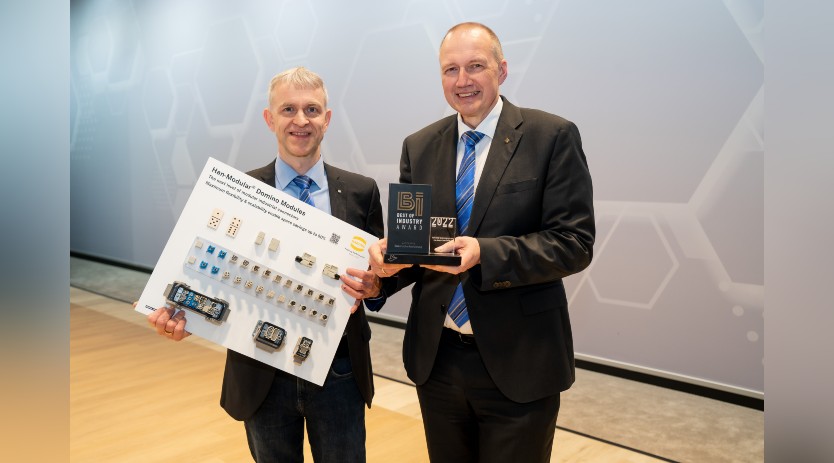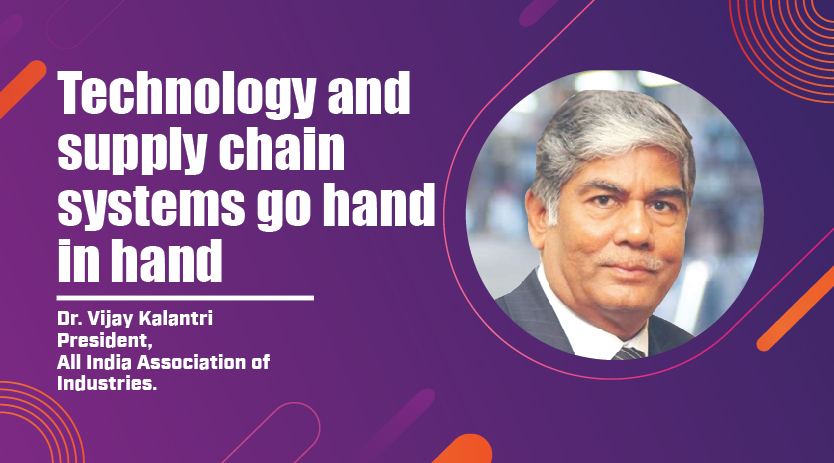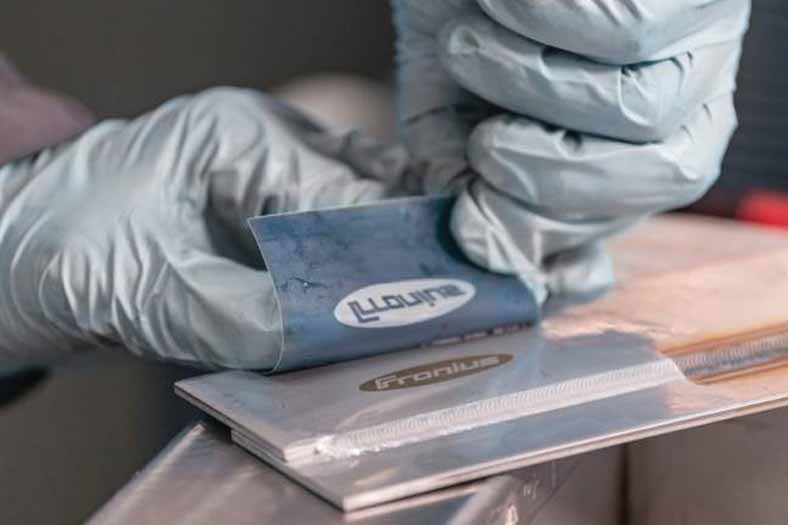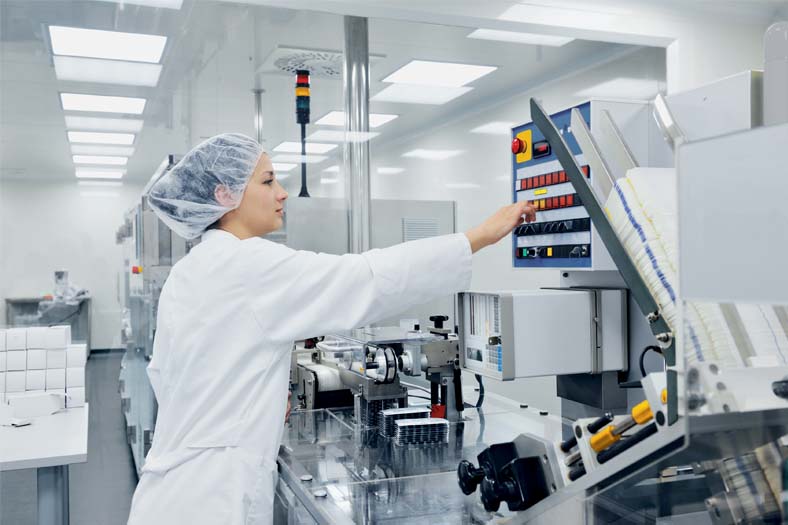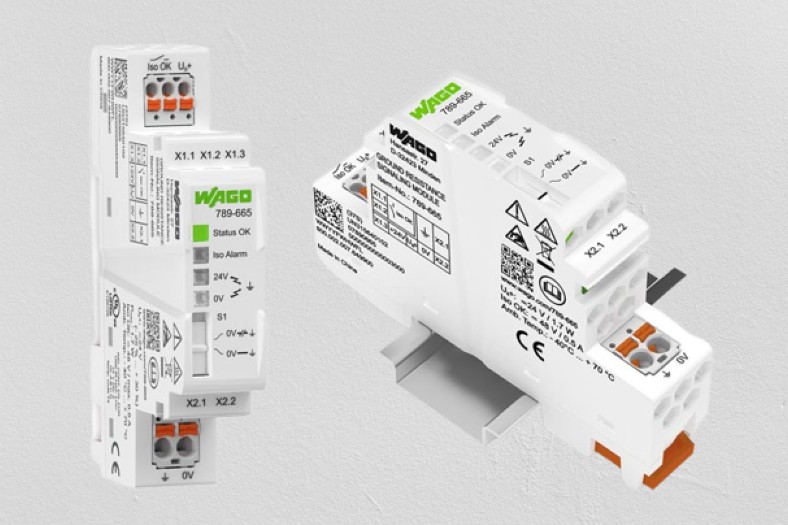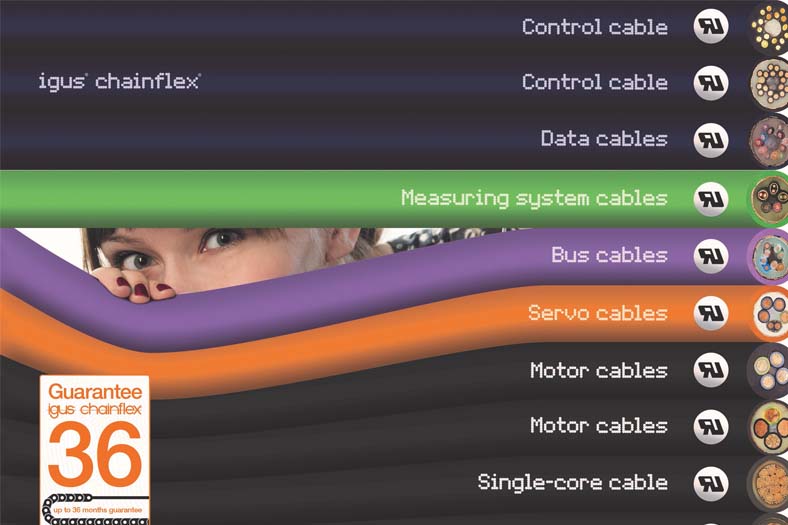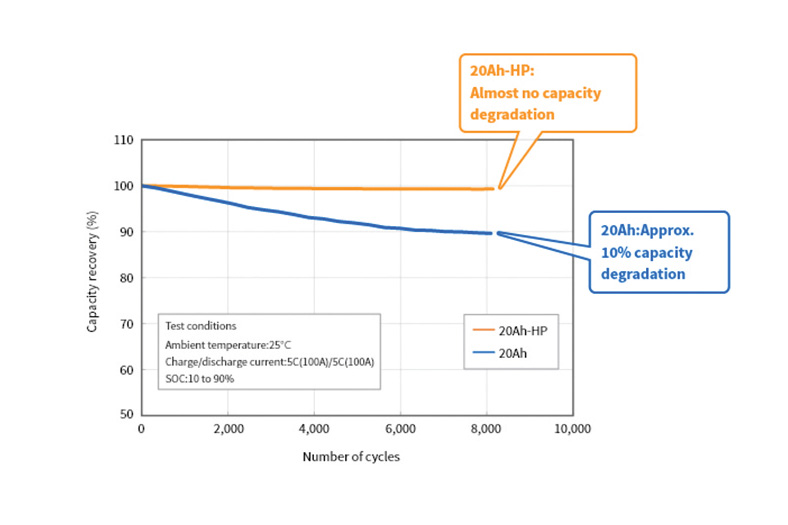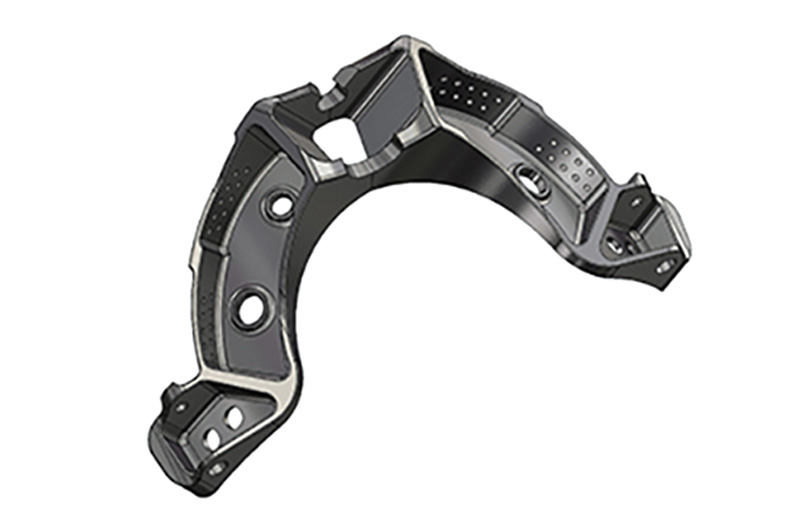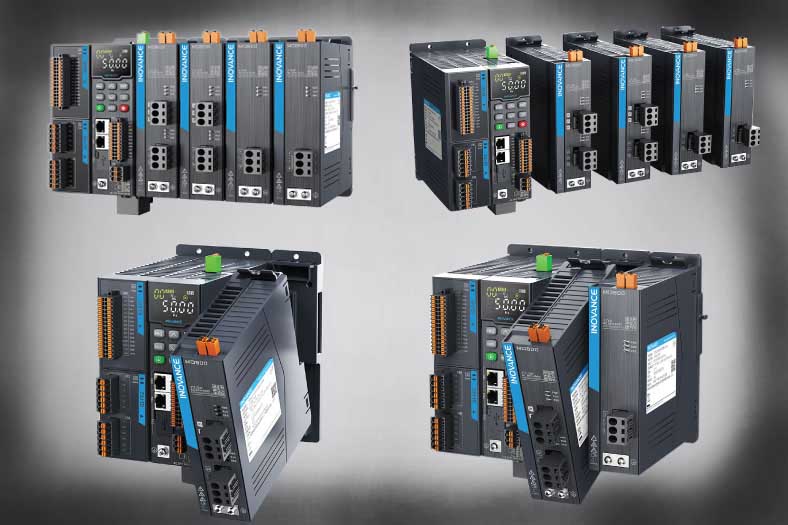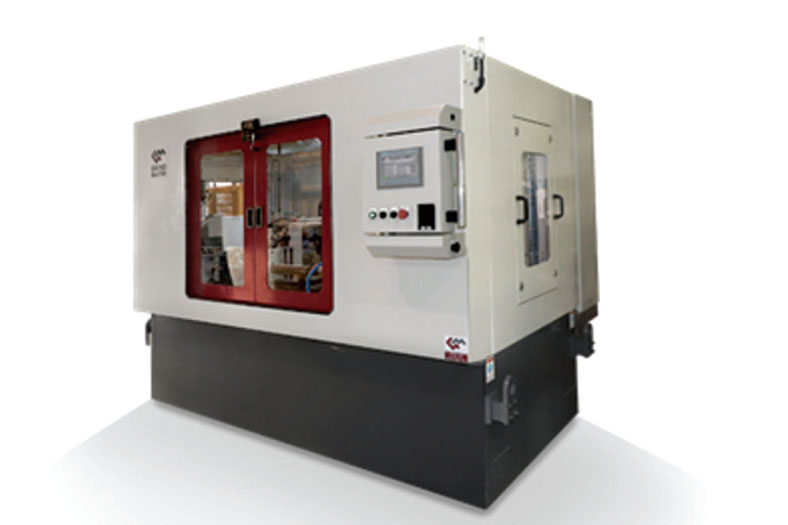How protocol conversion addresses IIoT challenges
By OEM Update Editorial August 10, 2018 4:35 pm
Connecting Legacy Equipment to the Industrial Internet of Things
Aggressive growth forecasts are helping to fuel interest in both the Internet of Things (IoT) and the Industrial Internet of Things (IIoT), but details on what is required to make either a reality are still a bit hazy. Within the industrial sector, connecting disparate devices from multiple manufacturers is a key first step to creating the IIoT and is made possible through protocol conversion. After defining protocol conversion, this white paper will explore how this fundamental IIoT building block helps organisations connect devices, monitor processes and control operations to extend equipment lifespan.
Introduction
According to Berg Insight, the number of wireless Internet of Things (IoT) devices in automation networks is currently forecast to grow at a compound annual growth rate (CAGR) of 27.2 percent to reach 43.5 million by 2020. While figures like this help make the IoT a hot topic, there seems to be a bit of mystery for some around what is needed to truly make it work. The same holds true for the Industrial Internet of Things (IIoT), also referred to as Industry 4.0 and the connected factory by some. After defining protocol conversion, this white paper will explore how this fundamental IIoT building block helps organisations extend equipment lifespan.
Protocol conversion
Protocol conversion is a key first step in solving the multi-vendor and legacy equipment challenge. Wikipedia describes a protocol converter as “a device used to convert a standard or proprietary protocol of one device to the protocol suitable for the other device or tools to achieve the interoperability.”
There can be many different devices on a manufacturing floor, with each one having its own protocol, so organisations can have a situation where they need to handle several different protocols in order to gather data. The ability to provide protocol conversion in a Human Machine Interface (HMI) or other automation products across a multi-vendor environment is a great way to connect, monitor and control several different devices, with different protocols, and be able to aggregate that data collection.
Image caption: “Protocol conversion is a key first step in solving the multi-vendor and legacy equipment challenge.”
How to use protocol conversion
Protocol conversion is essential when it comes to the IIoT because organisations often have a “mixed bag” of devices that have different ages and come from different suppliers or manufacturers. Sometimes these devices can be 5, 10 or even 20 years (or more) old. How can organisations be IIoT “ready” when many use legacy devices to operate numerous processes? Replacing equipment is not an option because of cost and integration time.
By implementing the following steps, organisations can protect and make existing investments compatible with more modern equipment:
• Connect devices: get disparate equipment to communicate across multi-vendor environments
• Monitor processes: collect and analyse data to develop more efficient processes and reduce downtime
• Control operations: work with existing PLC, PC or SCADA systems to collect and process data in real time for critical control applications
Connect devices – Speak the same language
Monitor processes – Use data to visualiseProtocol conversion is also important for monitoring processes – collecting and analysing data to develop more efficient operations and reduce downtime. In particular, when protocol conversion is implemented in multi-vendor environments, customers can leverage visual management solutions to display Key Performance Indicators (KPIs) that can be used for tracking, assessing and analysing manufacturing processes. These performance measurements are commonly used to evaluate success in relation to goals and objectives. While KPIs tend to vary by organisation, common examples of KPIs in manufacturing include: count (good or bad), reject ratio, rate, target, Takt time, Overall Equipment Effectiveness (OEE) and downtime.
Control operations – Increase efficiencies
Protocol conversion can help organisations integrate PLCs, PCs and SCADA systems to collect and process data in real-time to control devices and applications that directly affect operations. Exercising control over operations could mean such things as having the ability to turn legacy serial-connected equipment on or off, or open or close valves regardless of location.
Overall implementation benefits
Addressing IIoT challenges through protocol conversion enables organisations to improve productivity and increase operational efficiencies through real-time device connection and data processing. With protocol conversion, organisations can get networked devices – both legacy and new – communicating to provide a holistic environment view that allows for more effective decision making. By enabling disparate devices to communicate, organisations can now connect, monitor and control operations from a single platform to:
• Extend equipment lifespan: increase the value of legacy equipment with powerful protocol conversion
• Improve process visibility: gain insight and drive productivity with data logging and communication capabilities
• Push control to the edge: scale systems management with control capabilities at the device instead of the central office
Taking action
Protocol conversion is a way to get there by getting devices to speak the same language, so to speak. For example, some of the newer equipment in a facility may be “Ethernet ready” while older equipment may use a serial connection and a legacy protocol specific to that vendor. By using automation products such as HMIs or the Data Station Plus from Red Lion Controls that offer several serial, USB and Ethernet ports in combination with support for over 300 industrial protocols, organisations can easily integrate different devices (and get legacy devices talking with newer devices) to get different equipment to communicate across multi-vendor environments. In closing, protocol conversion is a concept that organisations should start looking at now as part of the blueprint for IIoT readiness.
The Red Lion advantage
As the global experts in communication, monitoring and control for industrial automation and networking, Red Lion has been delivering innovative solutions for over forty years. Our automation, Ethernet and cellular M2M technology enables companies worldwide to gain real-time data visibility that drives productivity. Product brands include Red Lion, N-Tron and Sixnet. With headquarters in York, Pennsylvania, the company has offices across the Americas, Asia-Pacific and Europe. Red Lion is part of Spectris plc, the productivity-enhancing instrumentation and controls company.
For more information, visit
www.redlion.net.
Cookie Consent
We use cookies to personalize your experience. By continuing to visit this website you agree to our Terms & Conditions, Privacy Policy and Cookie Policy.




